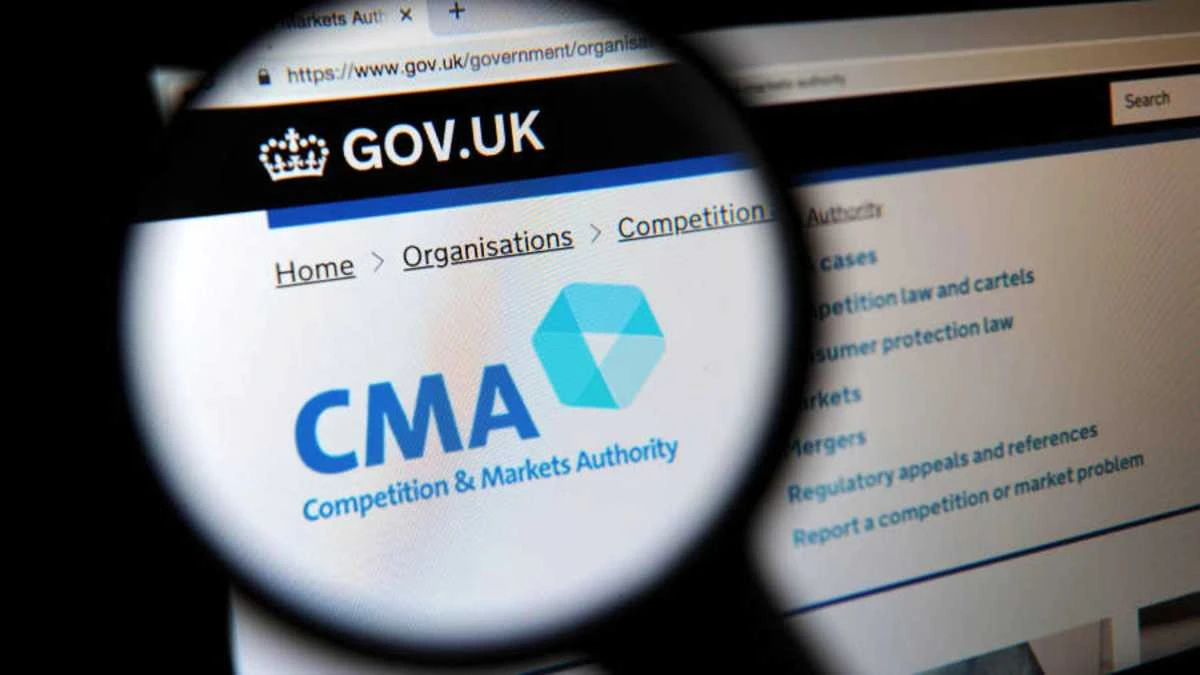The UK competition regulator, the CMA, is to investigate whether Virgin Media’s proposed £31bn tie-up with telecoms operator O2 could lead to higher prices for mobile and broadband customers or poorer 5G connectivity for rival operators.
Liberty Global and Telefónica, the respective owners of Virgin Media and O2, struck a deal to combine their UK operations in May last year with plans to combine the country’s second-largest broadband network and largest mobile operator.
The CMA on Thursday highlighted two areas of potential harm that could be triggered by the merger including the impact on the market for “virtual” operators that use mobile networks such as O2’s to offer services to consumers.
O2 supplies operators such as Sky Mobile, Tesco Mobile and Lycamobile with access to its mobile network that enables them to offer own-brand services. The CMA said it was concerned that the merged group could reduce services to those operators, or raise the price it charges for that access, which could mean raised prices for consumers if the “virtual” services are withdrawn entirely as a result.
Virtual operators often offer cheap rates or serve specific customer niches. The regulator said it would look at the supply of services to fixed-line operators such as Sky, which is one of the UK’s largest broadband companies, to gauge the potential impact if the merged operator changes its wholesale terms.
Another area the CMA said it would examine was Virgin Media’s supply of leased lines — known as “backhaul” — to mobile network operators. These connect mobile masts to the main telecoms grid and will become more important in the 5G era as huge amounts of mobile data are transported across the network.
The CMA said the combined group could be given an incentive to reduce rivals’ access to its wholesale leased lines by “increasing the price, reducing service quality, changing the offering . . . or offering only active fibre leased lines”, referring to a more expensive type of service.
Although smaller than rival BT, Virgin Media has argued it was set to become a “backhaul bastion” after signing up Three as a customer last year. It also supplies Vodafone and will now bring O2 on to its fibre network.
The CMA said it would consider the impact of the pandemic when considering the merger.
Regulators have previously taken a tough stance on mergers between mobile operators, but have been more at ease with fixed-mobile deals. In 2016 the European Commission blocked a previous attempt by Telefónica to sell O2 to rival Three on the basis that it would harm consumers.
In December, the CMA referred the proposed merger of Liberty Global’s Virgin Media and Virgin Mobile with Telefonica’s O2 for an in-depth Phase 2 investigation.
Liberty Global and Telefónica said in a joint statement:
“We continue to work constructively with the CMA to achieve a positive outcome. Our view remains that this transaction is pro-competitive and we continue to expect closing around the middle of this year.”
The watchdog has given rivals until 5 February at 5pm to respond to its concerns.



